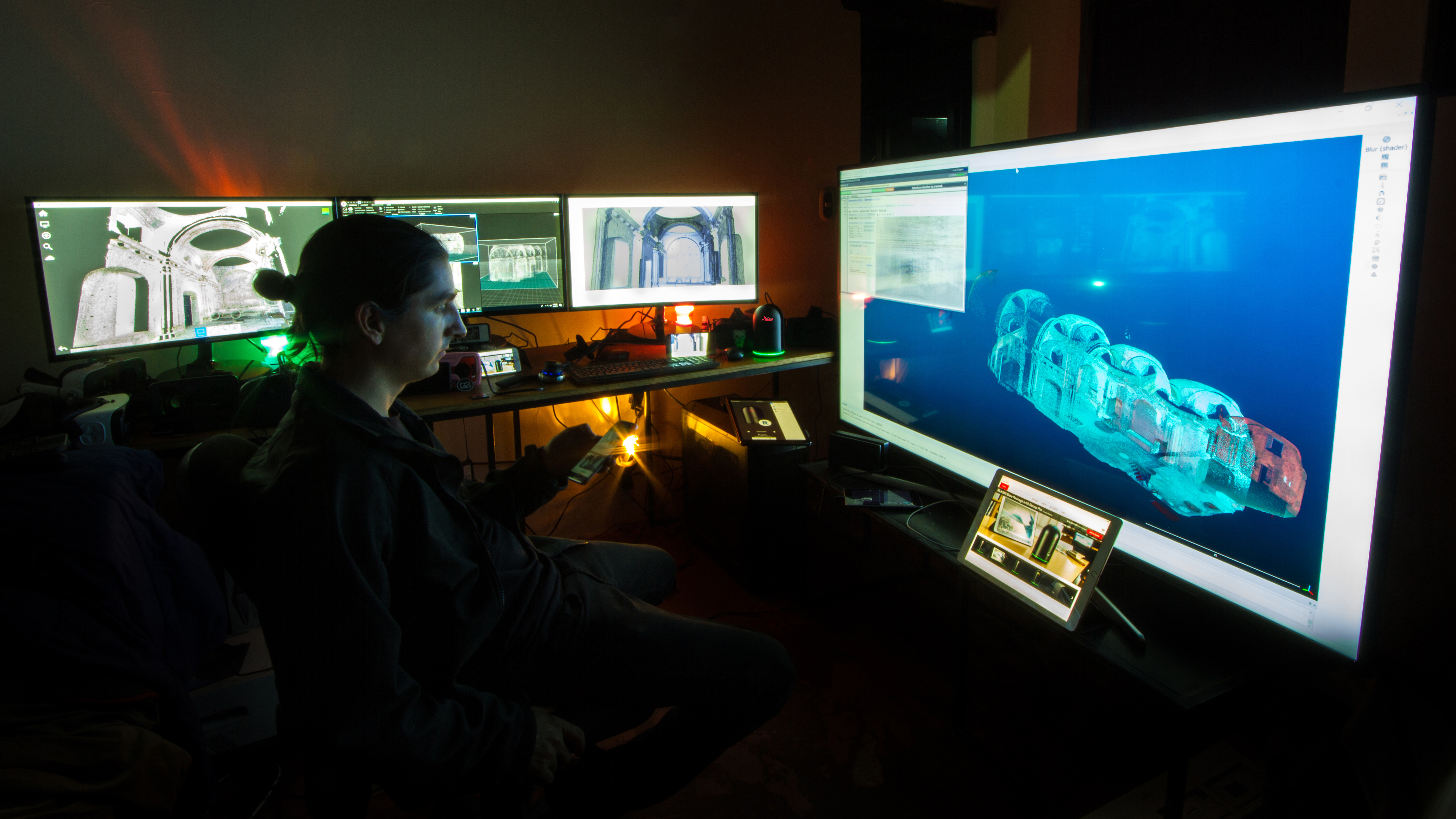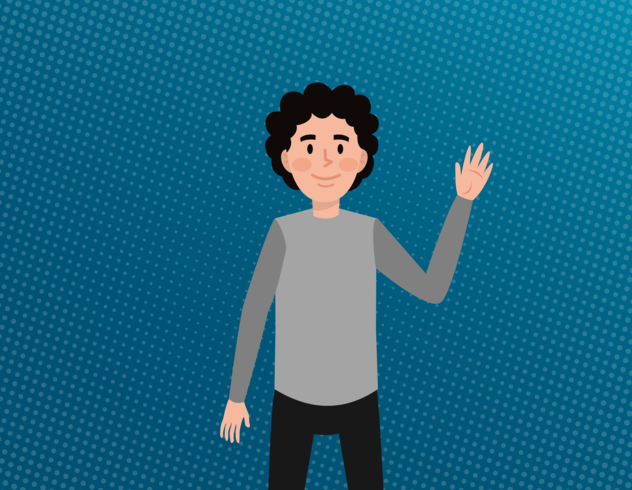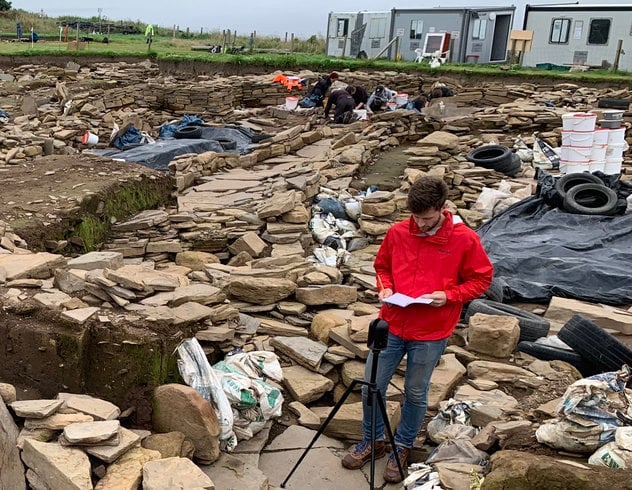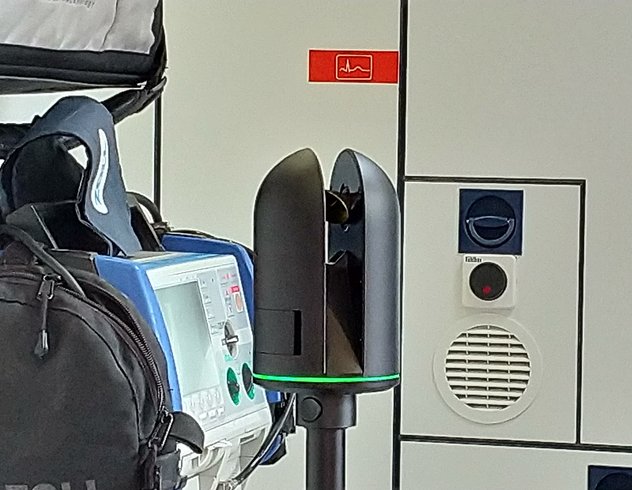A collective of augmented reality (AR), virtual reality (VR) and mixed reality (MR) visionaries, programmers and render artists are on a mission to create a digital replicate world to showcase the beauty and history of Central America, starting with the entire country of Guatemala.
The Unreality Journeys team and G2 Foundation are pushing the boundaries of High Definition Surveying (HDS), AR and VR technology in a not-for-profit cultural heritage project.
In this ground-breaking cultural project, Unreality Journeys captures ancient structures created by indigenous communities and their impact of modern society.
Using VR and AR technologies in conjunction with 3D laser scanning and volumetric video, Unreality Journeys is on a mission to create an interactive digital environment that would allow users to walk, drive and fly around these mystic places. New Zealand-based innovators and project partners, G2 Foundation have donated several Leica BLK360 imaging scanners to Unreality Journeys to enable this project.
To create high-quality 3D scans of the project base, UNESCO World Heritage Site of Antigua as well as Mayan ruins, 400-year-old churches and local indigenous villages the team is relying on the BLK360 imaging scanner. The team is using the 3D scans to mesh the complex architecture and then texture with imagery. The textured meshes serve as the base for the virtual reality platforms – meshed and textured elements could also be used in both AR and MR settings in the future.
Pushing the boundaries of digital cities
Unreality Journeys has a vision – to use the Antigua, Guatemala project as a prototype for the world’s-first fully-documented and scanned city, where every attraction and business can be explored in VR, AR and MR.
Unreality Journeys is pushing the boundaries of what a digital city and country can accomplish by using state-of-the-art wireless internet service providers (WISP) technology to create decentralised networks for local communities to share data with each other in a secure and private way.
“Our team’s main goal is to create digital country-history books in the highest quality possible and make them accessible to as many people as possible for free. We’re starting in Guatemala, then the rest of Central America and eventually more countries. We will focus on developing countries with a rich history that demands to be preserved but may not have the resources to do so, especially at a high level”, said Remy Malex, director of Unreality Journeys.

Speeding things up with the BLK360
A project of this size and complexity requires a scanner that is fast, portable and easy to use. The project scope includes scanning of numerous historic interiors that require a high level of detail to be truly appreciated. Fitting in the palm of a hand with 1-kilogram weight, the BLK360 has proven to be big enough for this project. The BLK360 workflow has enabled the project team to quickly and efficiently collect and process in REGISTER360 and ReCap copious amounts of quality data.
“The BLK360 was a dream come true and we decided to get a few units and take this project full force.“Prior to obtaining the BLK360, the workflow was based around photogrammetry. This workflow involved taking thousands of photographs to be able to create a point cloud, then turned into a mesh, refined and then textured. The BLK360 dramatically improves this workflow as the project team can remove a large step in creating the point cloud with the added advantage of generating a more accurate and detailed mesh. Because the initial data is better, the mesh quality is also improved. The BLK360 has greatly improved efficiency on site and generated a better product,” said Malex.
With data captured from the worlds smallest imaging laser scanner, the finished project will allow users to digitally experience the whole country. Online visitors will be able to virtually walk the black sand beaches of Guatemala’s south coast, explore the jungles of Petén, drive a riverboat down the mystical Río Dulce, fly to the Garifuna villages on the Caribbean coast, stroll the local artisan markets and discover the secrets of the Mayan pyramids.
Disclaimer: This article features data capture with the Leica BLK360 G1. Explore the expanded capabilities of the latest BLK360 model here.




